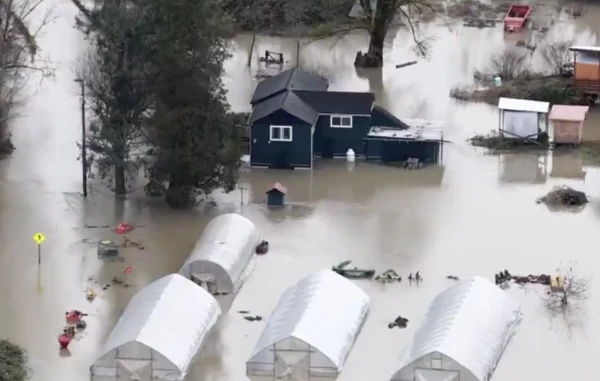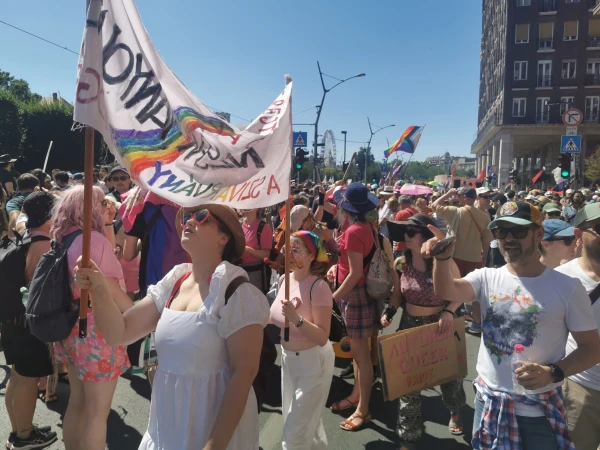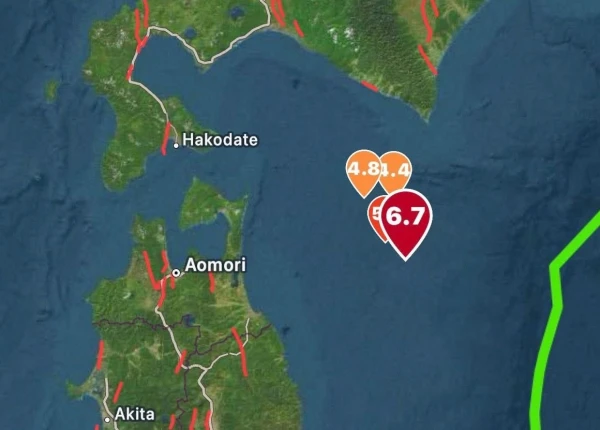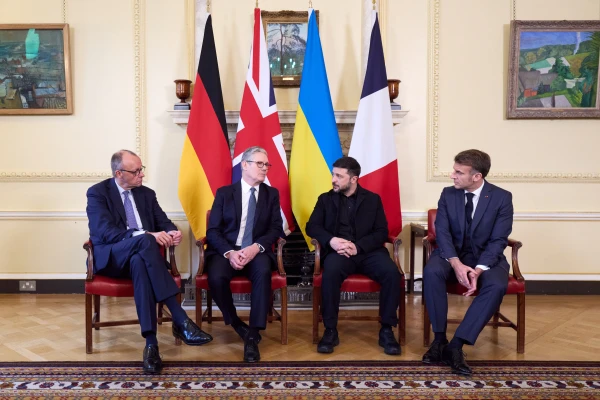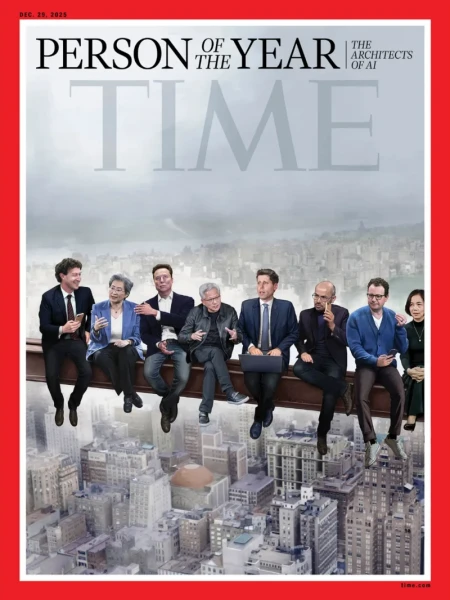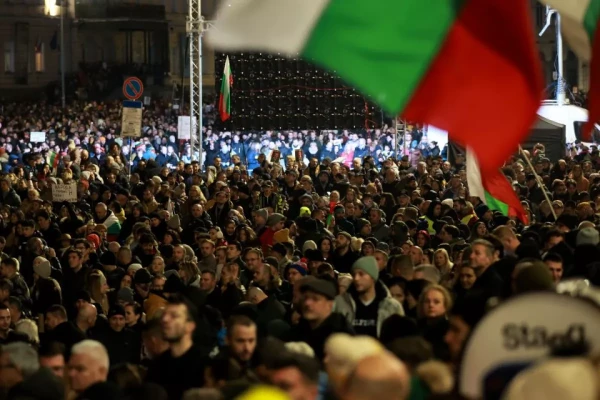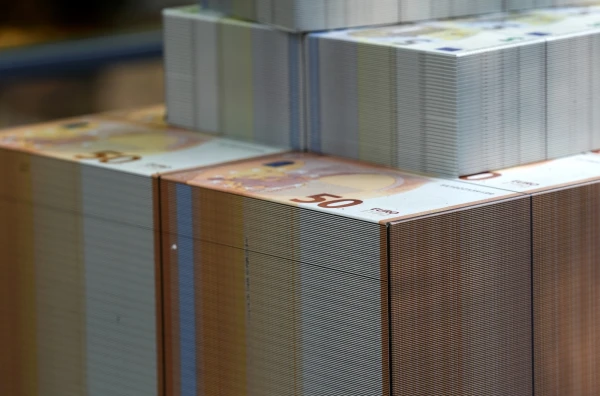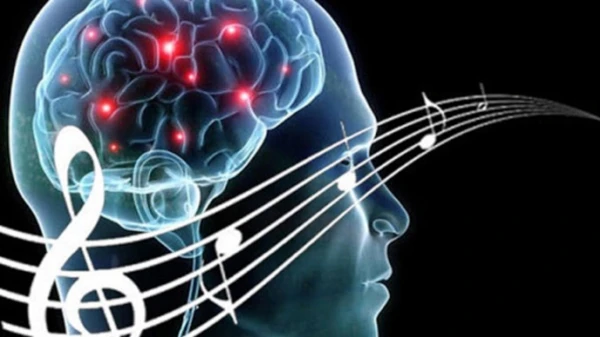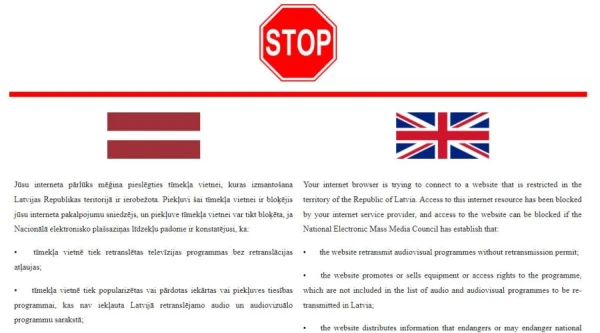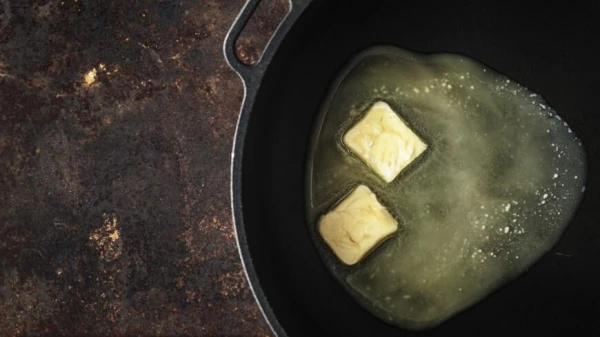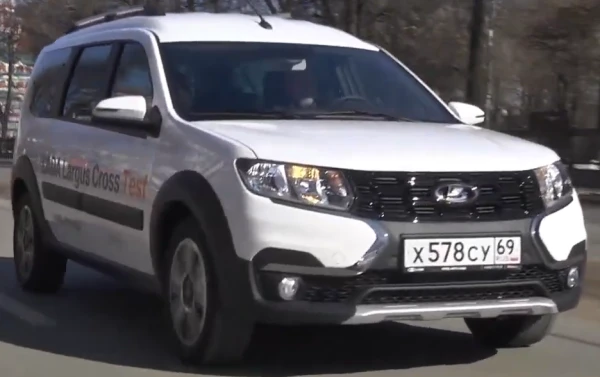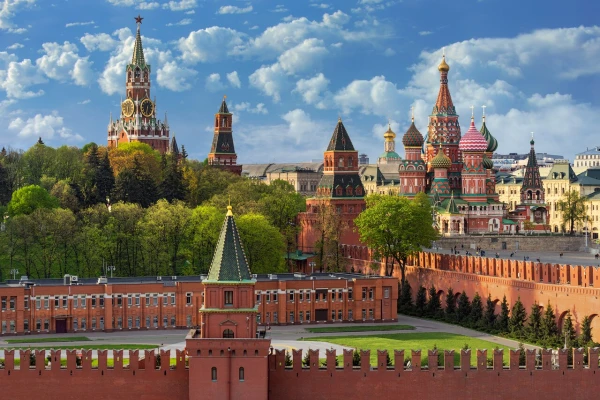
The authorities see the solution in increasing internal repressions.
Autumn 2025 demonstrates a new reality in which the Russian political regime finds itself, notes the Telegram channel "Kremlin Madman."
The summer military campaign turned out to be extremely ineffective: on the one hand, the Kremlin followed the usual scenario of "escalating the situation — weakening," as the negotiation track with Trump limited opportunities for escalation; on the other hand, the political system faced an ineffective military machine, as well as a failed economic and governance model after three years of war.
Each year of military actions costs Russia 8–10% of GDP, that is, $160–200 billion. Human losses are also significant. The Kremlin's scenario of a "war of attrition against Ukraine," which Trump believed in, has already suffered a critical failure. As noted by Kirill Rogov, drone technologies have radically changed the nature of military actions, making war cheaper and reducing the significance of economic superiority.
Almost six months ago, "Putin's Time" introduced the term "non-victory" in relation to the real outcomes of the war that began in February 2022. By autumn 2025, this concept has become central in forecasts for the future.
It is reflected in the failure of the summer military campaign, hampered by an extremely slow restructuring of military tactics and growing military-economic problems; in the escalating economic crisis — a decline in budget revenues by up to 80% (with a forecast of up to 70%), a structural budget deficit, the cancellation of promises regarding the stability of the tax system, an increase in VAT, and pressure on the self-employed, leading to economic contraction; as well as in the rise of intra-elite conflicts, reflected in extrajudicial redistribution of assets and the regime's stability depending on the mobilizing function of the Special Military Operation (SMO).
This dependence becomes a "medication support" for the autocratic regime, accompanied by a conflict between the bureaucracy and the power corporation.
The fact is that the political regime has significantly strengthened since 2022. The autocratic model of lifelong governance has effectively been institutionalized alongside the power corporation gaining subjectivity.
The military-mobilization context of domestic politics has limited the action of constitutional principles and simplified the application of repressive measures.
Society has become apolitical, and the authorities consciously apply a strategy of demobilizing any political activity. At the same time, the use of totalitarian control tools — in particular, ideological education in schools and universities — creates a chimera that destroys the previous authoritarian model. The Kremlin, which previously sought complete apoliticality in public life, now, fearing disloyalty among the youth, politicizes the educational system, thereby forming a new generation of politically oriented citizens, that is, the base for a future political subject.
In 2025, the number of criminal cases against high-ranking officials increased by 24% compared to the previous year.
Repressions have taken on a popular character, similar to the nature of "narcotic" cases, and increasingly affect not only the elites but also ordinary citizens. The regime has learned the Stalinist lesson — not to destroy its allies but to keep them in a state of constant tension, manipulating compromising materials.
Even the story of Starovoyt is atypical — the Starovoyt clan, like Prigozhin's team, fell due to their involvement in a bad story. The corruption story involving defensive structures turned out to be an excellent justification for the failure to capture territory by the Armed Forces of Ukraine, which completely removed claims from the power corporation. The Kremlin openly made the Starovoyt team guilty for its own miscalculations and victims. But overall, this was a rather rational line of behavior for the Kremlin.
The Kursk story did not resonate in public consciousness as external aggression and did not trigger the mechanism for declaring war on Ukraine. Russia is still not officially in a state of war. The Kursk events remained a regional occurrence. The case of Starovoyt-Smirnov is rather an exception in the history of repression.
The story of the nationalization of assets, primarily concerning the Ural clans, has a different character. Here it is about the liquidation of autonomous regional clans and businesses capable of financing any protest activities.
<iframe width="442" height="786" src="https://www.youtube.com/embed/TMkIaN0eJGc" title=""Putin will not fulfill his military threats, but may slowly exhaust Ukraine" — Arestovich's forecast" frameborder="0" allow="accelerometer; autoplay; clipboard-write; encrypted-media; gyroscope; picture-in-picture; web-share" referrerpolicy="strict-origin-when-cross-origin" allowfullscreen></iframe>